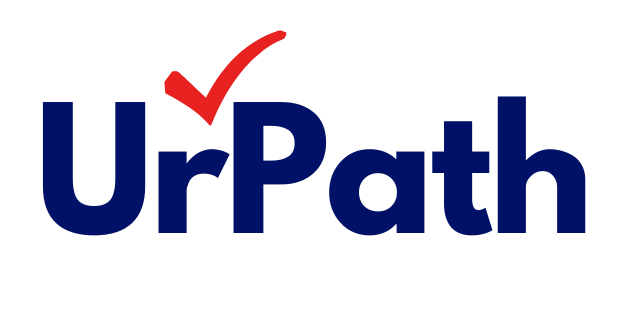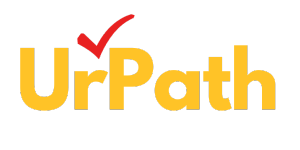Understanding Enrollment Marketing: A Key Strategy for Higher Education Institutions
Book Your Free Initial Consultation Today
In an increasingly competitive higher education landscape, institutions are facing significant challenges in attracting and enrolling students. Demographic shifts, changing student expectations, and increased competition from online and alternative education providers have made it more difficult for colleges and universities to meet their enrollment targets. In response to these challenges, many institutions have turned to enrollment marketing as a vital strategy for success.
What is Enrollment Marketing?
Enrollment marketing refers to the set of strategies and tactics employed by higher education institutions to attract, engage, and ultimately enroll prospective students. It is a highly targeted approach that blends traditional marketing methods with digital strategies, all aimed at reaching and persuading students who are a good fit for the institution.
At its core, enrollment marketing is about building meaningful connections with prospective students. This process begins long before a student submits an application and often extends through the final enrollment decision. By understanding the student journey and crafting personalized marketing efforts, institutions can guide students through each stage of the decision-making process.
Key Components of Enrollment Marketing
- Targeted Outreach
One of the fundamental principles of enrollment marketing is targeting the right students. This involves identifying the demographics, interests, and needs of prospective students who are likely to thrive at the institution. With the rise of data-driven marketing, institutions can now use tools like CRM systems, web analytics, and social media data to better understand student behavior and target them more precisely. - Multichannel Engagement
To effectively reach prospective students, enrollment marketing leverages a range of communication channels. These often include: - Search Engine Optimization (SEO): Improving the visibility of the institution’s website in search engine results, making it easier for students to discover programs.
- Social Media Campaigns: Engaging with students on platforms like Instagram, Facebook, and LinkedIn where they spend much of their time.
- Email Marketing: Sending personalized messages to prospective students, often based on their engagement with the institution’s content.
- Paid Search and Display Ads (SEM): Targeted advertisements that appear in search engine results or on websites that are relevant to prospective students.
- Content Marketing
Creating compelling and informative content is essential for attracting prospective students. Institutions often develop content such as blog posts, student testimonials, program descriptions, and videos that speak to the concerns and interests of their audience. Content marketing not only helps in attracting students but also in building the institution’s brand and demonstrating its value. - Lead Nurturing and CRM
Once a prospective student shows interest, nurturing that lead is crucial. This involves sending timely follow-up communications, personalized emails, and resources that keep the student engaged. Customer Relationship Management (CRM) systems help institutions track and manage their interactions with prospective students, allowing for more personalized and efficient communication. - Data-Driven Decision Making
A successful enrollment marketing strategy relies on continuous monitoring and adjustment. Institutions collect and analyze data to understand which marketing efforts are performing well and which need improvement. By using data to inform decisions, institutions can optimize their campaigns in real time, ensuring they are reaching their target audiences effectively.
Why is Enrollment Marketing Important?
The importance of enrollment marketing cannot be overstated in today’s higher education environment. Here are a few reasons why it plays a critical role in institutional success:
- Competition for Students is Intensifying
With the increasing number of higher education options—ranging from traditional universities to online programs and vocational schools—institutions are now competing for a limited pool of students. Enrollment marketing allows institutions to stand out by clearly communicating their unique value propositions and targeting students who are most likely to apply and enroll. - Students Expect Personalized Experiences
Modern students are digital natives who expect personalized, seamless interactions with the institutions they consider. Generic, one-size-fits-all marketing messages are no longer effective. Enrollment marketing meets this need by delivering tailored content and communication, which builds trust and engagement with prospective students. - Changing Demographics Require Adaptability
Demographic changes, such as declining birth rates in certain regions, mean that there are fewer traditional college-aged students to recruit. Institutions must now find ways to attract non-traditional students, such as adult learners and international students. An effective enrollment marketing strategy enables institutions to adapt to these shifts and diversify their student base. - Maximizing ROI in Tight Budgets
With many higher education institutions facing budget constraints, efficient use of marketing resources is crucial. Enrollment marketing, with its emphasis on data and targeting, allows institutions to allocate their marketing budgets more effectively, ensuring that they are reaching the right students at the right time.
The Future of Enrollment Marketing
As technology evolves and student expectations continue to shift, enrollment marketing will become even more critical. Institutions that embrace digital transformation, personalized communication, and data-driven strategies will be better positioned to meet their enrollment goals and thrive in a competitive marketplace.
Emerging trends, such as the use of artificial intelligence (AI) to predict student behavior and the rise of video content in marketing, are likely to shape the future of enrollment marketing. Staying ahead of these trends will allow institutions to continue reaching students effectively.
How We Can Help
At UrPath, we specialize in helping higher education institutions design and implement customized enrollment marketing strategies that drive results. From targeted outreach to data-driven campaign optimization, our team of experts is here to ensure your institution reaches its enrollment and revenue goals. Contact us today to learn more about how we can elevate your marketing efforts and boost your student enrollments.
Got Any Questions?




